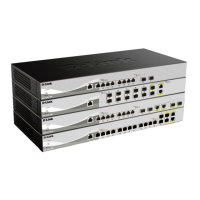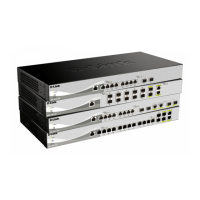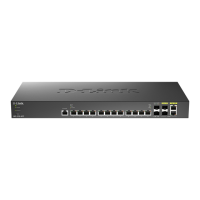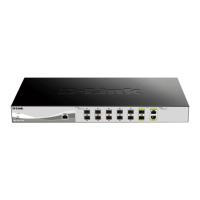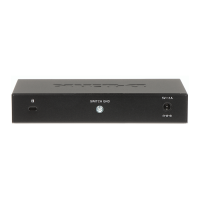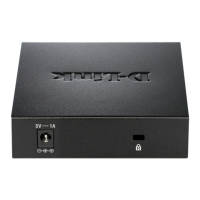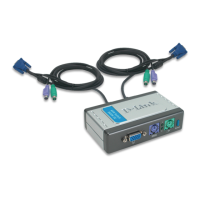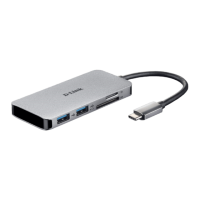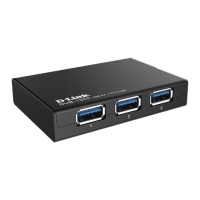+3)
+318
End node is a generic name for edge networking devices that will be connected to this switch. Typical
examples of end nodes are Personal Computers (PCs), Notebooks, Access Points, Print Servers, VoIP
Phones and more. Each end node will be outfitted with a 10/100/1000Mbps, RJ-45, networking port.
Normally end nodes will connect to this switch by using a standard twisted-pair, UTP/STP, network cable.
After a successful connection, the corresponding Link/Act light will illuminate and blink to indicate that packet
activity is taking place on that port.
The diagram below display a typical end node connected to the Switch.
+33& +3
Another popular configuration is to connect this switch to another switch or hub. This network typography is
considered when one Switch does not have enough ports to cater for all the end nodes in the network. There
is a great deal of flexibility in the type of cabling that can be used to interlink switches.
Two or more switches can also be interlinked using fiber-optic cables or direct-attached cables via the
switch’s SFP, SFP+, and WDM ports. Lastly two or more switches can also be interlinked using QSFP+
interfaces supported by the DXS-3600-EM-4QXS optional modules.
9
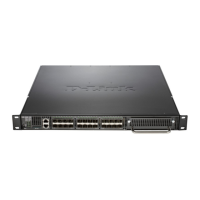
